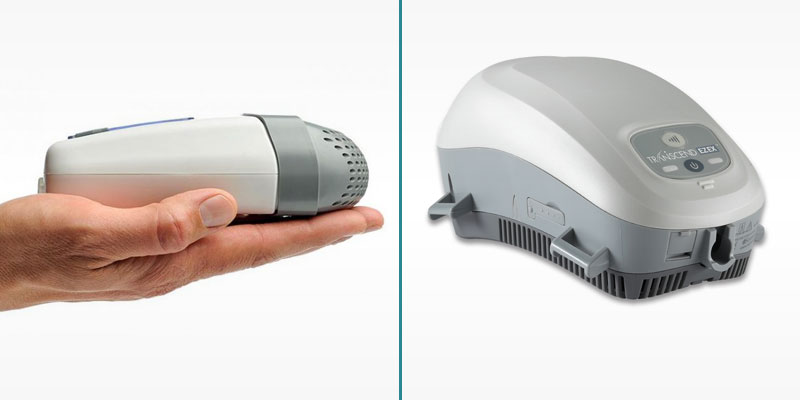
May is National Arthritis Month and CPAP Central wanted to bring awareness to Juvenile Arthritis (JA) and how it can impact young lives.
While there is no direct correlation between having sleep apnea and Juvenile Arthritis, it is important to note that there is also no conclusive cause and no cure for JA, only treatment to manage symptoms. If your child has JA and sleep apnea, please talk to your doctor right away. These two conditions can be downright dangerous when combined. We have CPAP machines and CPAP masks to accommodate younger patients.
What is JA? How common is it? Here are some things you probably didn’t know about Juvenile Arthritis.
- The CDC estimates that 294,000 U.S. children under age 18 (or 1 in 250 children) have been diagnosed with arthritis or other rheumatic conditions.
- Childhood arthritis-related diagnoses range from a low of 500 children in Wyoming to a high of 38,000 children in California.
- Children diagnosed with arthritis and other rheumatic conditions account for approximately 827,000 doctor visits each year, including an average of 83,000 emergency department room visits.
- (JA) is an umbrella term used to describe the many autoimmune and inflammatory conditions that can develop in children ages 16 (or 18) and younger.
Although there is no known cause for the disease and no known cure, there are many treatments available. Most treatment plans involve a combination of medication, physical activity, eye care and healthy eating. Medications used to treat JA can be divided into two groups:
- Nonsteroidal anti-inflammatory drugs, or NSAIDs, corticosteroids and analgesics that help relieve pain and inflammation
- Disease-modifying anti-rheumatic drugs that can alter the course of the disease, put it into remission and prevent joint damage.
If a person, young or older, in your life has any type of arthritis and uses a CPAP machine or BiPAP, CPAP Central can help you find solutions to make the sleep apnea system more comfortable and easier to use.

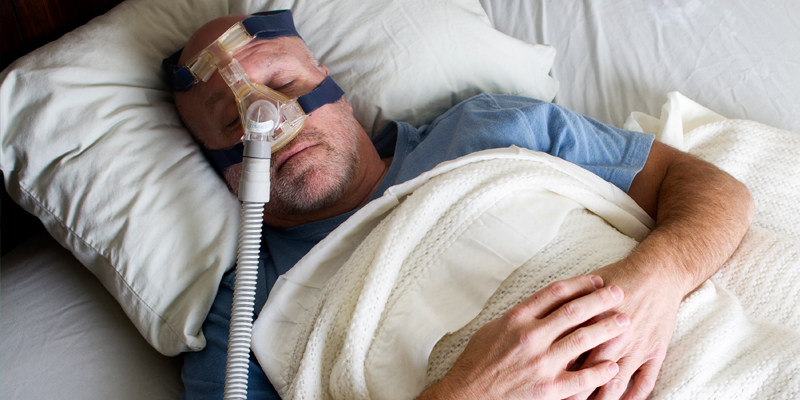
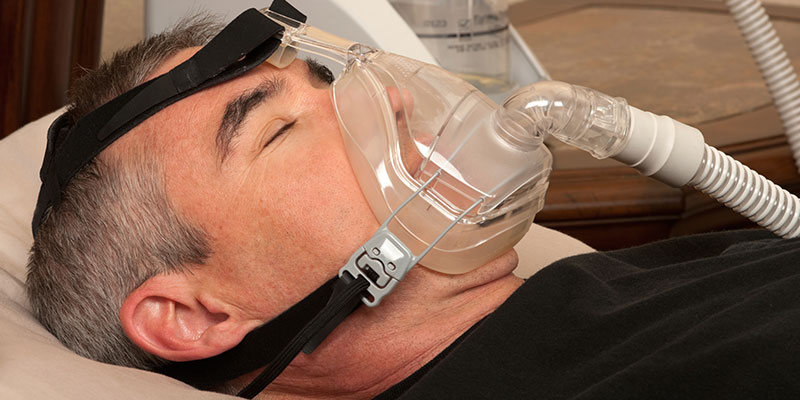
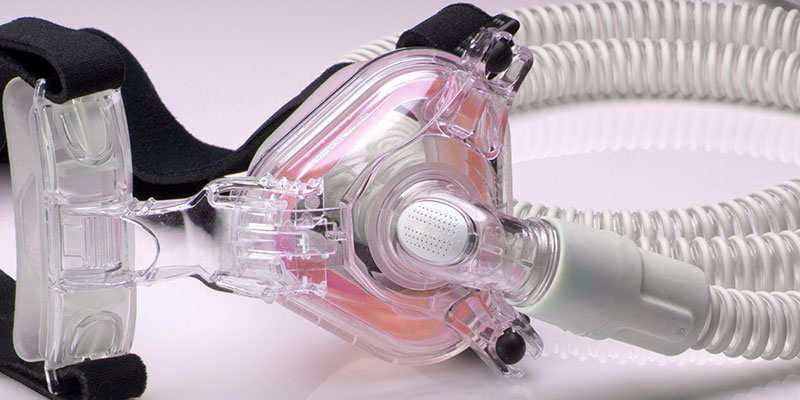
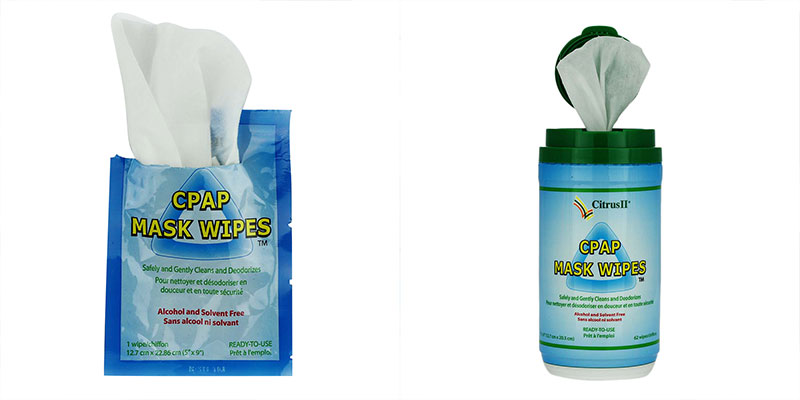
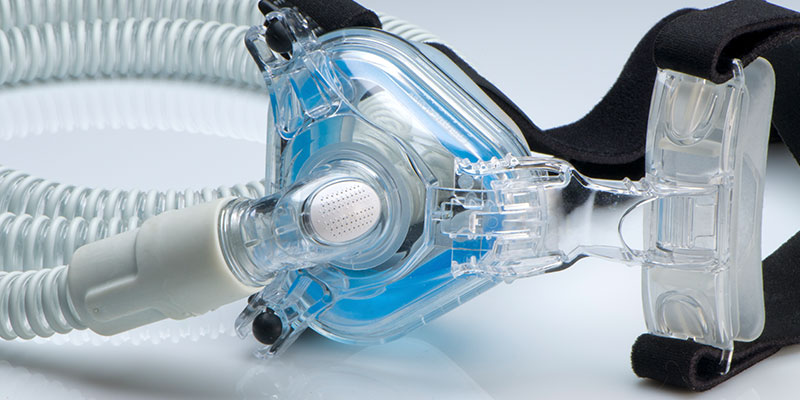
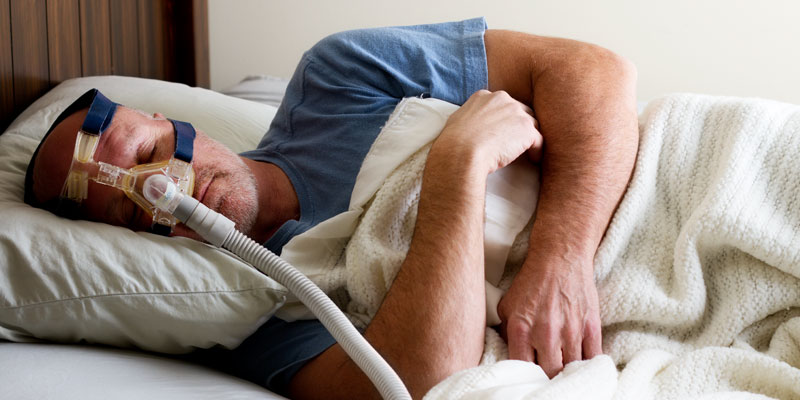
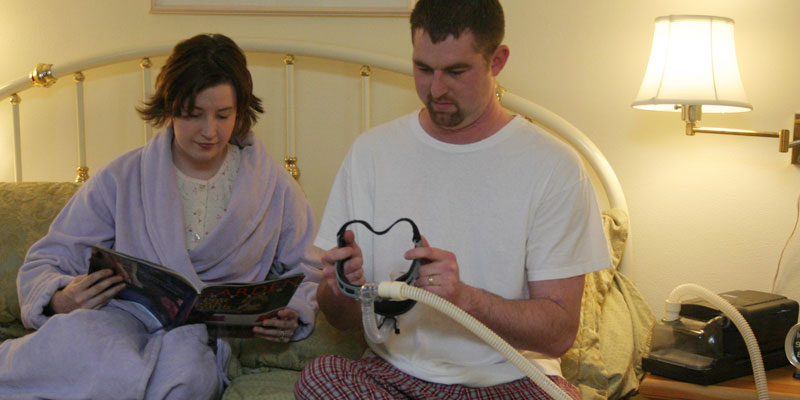
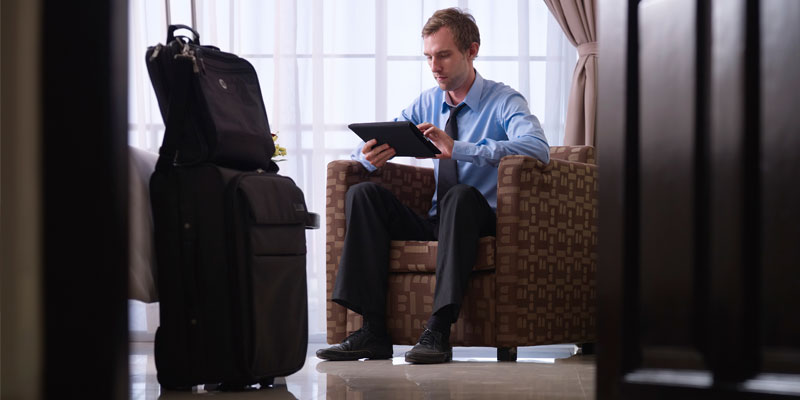 From vaulted ceilings to starry skies, traveling can place you under a number of new roofs at night. No matter where you lay your head while away from home, follow these tips for a solid sleep with your CPAP:
From vaulted ceilings to starry skies, traveling can place you under a number of new roofs at night. No matter where you lay your head while away from home, follow these tips for a solid sleep with your CPAP: